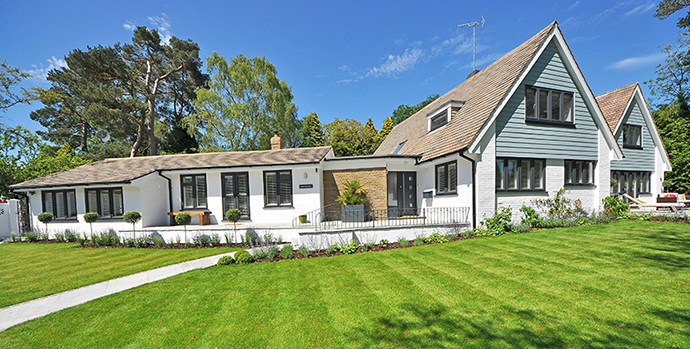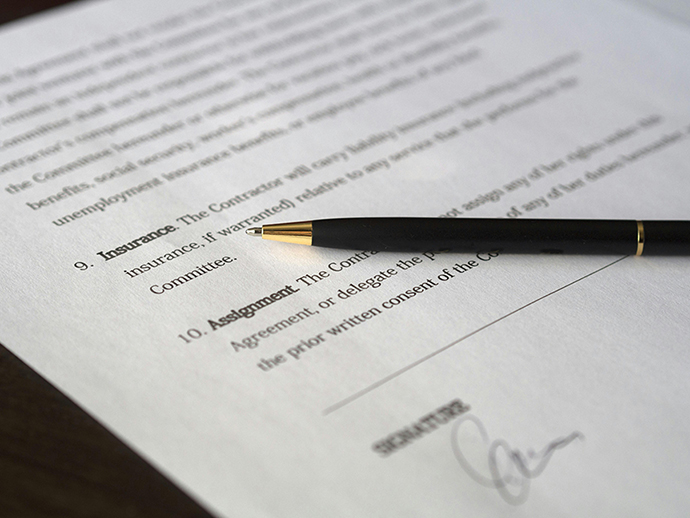 |
| Relocating to a new home is an exciting adventure but comes with challenges. One of the critical aspects of settling into your new home is ensuring that your lawn is well-maintained. A lush, green lawn enhances the aesthetic appeal of your property and adds to its overall value. However, finding the right lawn care service in an unfamiliar area can be daunting. This guide will help you navigate the process and choose a lawn care service that meets your needs. |
| Understanding Your New Environment |
| Before you start looking for a lawn care service, it’s essential to understand the specifics of your new environment. Different regions have varying climates, soil types, and native plant species. For example, moving from Idaho to New Hampshire means transitioning from a semi-arid climate to a more humid, temperate one. This shift can significantly affect the grass and plants that thrive in your yard. Also, besides lawn care, you must tackle the entire moving process as well, as it presents a challenge when relocating over such distances. Fortunately, working with interstate movers can help significantly. These professionals are equipped to handle the logistics of long-distance moves, ensuring that all your belongings, including garden tools and outdoor furniture, arrive safely. This support allows you to focus more on settling into your new home and taking care of your lawn and less on the stresses of moving. |
| In addition, transitioning from Idaho, with its unique climate conditions, to the distinct seasonal changes of New Hampshire also requires specific attention to lawn care strategies that may not have been necessary before. Therefore, understanding these environmental differences is important in this context, allowing the right lawn care practices to be implemented immediately. |
| Assessing Your Lawn Care Needs |
| Every lawn is unique, and so are its maintenance requirements. Consider the size of your lawn, the types of plants and grass, and any specific landscaping features. Are there flower beds that need regular weeding? Do you have trees that require pruning? Understanding your lawn’s needs will help you communicate effectively with potential lawn care services. |
| Researching Local Lawn Care Services |
| Once you have a good grasp of your lawn’s requirements, start researching local lawn care services. The internet is a valuable resource for finding reviews and ratings. Websites like Yelp, Google Reviews, and the Better Business Bureau can provide insights into the reputation and reliability of various companies. Look for services that have positive reviews and a history of satisfied customers. |
| Seeking Recommendations |
| Personal recommendations can be incredibly valuable when choosing a lawn care service. Talk to your new neighbors, friends, or colleagues who live in the area. They can provide firsthand experiences and suggest reliable companies. Additionally, local gardening clubs or community centers may have recommendations based on their knowledge of the area. |
| Checking Credentials and Insurance |
| When considering a lawn care service, verifying their credentials is crucial. Ensure that the company is licensed and certified to operate in your state. Additionally, check if it carries liability insurance. That is important because it protects you from potential damage or accidents while the company works on your property. |
| Evaluating Services Offered |
| Different lawn care companies offer various services, from basic mowing and trimming to more comprehensive packages, including fertilization, pest control, and landscaping. Determine what services you need and see if the company provides them. Some companies might offer customizable packages, allowing you to tailor their services to your requirements. |
| Comparing Pricing |
| Cost is a significant factor when choosing a lawn care service. Request quotes from multiple companies and compare their pricing. Be cautious of services that offer significantly lower rates than others, as this might indicate subpar service or hidden fees. Conversely, higher prices do not always guarantee better quality. Look for a service that provides a good balance of cost and quality. |
 |
| Make sure to compare prices when choosing the right lawn care service |
| Asking About Equipment and Techniques |
| The type of equipment and techniques a lawn care service uses can impact the health and appearance of your lawn. Inquire about the mowers, trimmers, and other tools they use. Modern, well-maintained equipment is essential for efficient and effective lawn care. Additionally, ask about their mowing techniques, fertilization methods, and pest control practices to ensure they align with your preferences. |
| Considering Organic and Eco-Friendly Options |
| With increasing awareness about environmental sustainability, many homeowners prefer organic and eco-friendly lawn care services. These companies use natural fertilizers, pest control, and environmentally friendly practices. Ask potential lawn care services about their eco-friendly options and policies if this is important. |
| Scheduling and Availability |
| Timing is crucial when it comes to lawn care. Regular maintenance is necessary to keep your lawn in top shape. Discuss the company’s scheduling policies and availability. Ensure they can accommodate your preferred schedule and provide consistent, timely service. Also, ask about their response time for emergency services, such as storm damage cleanup. |
| Evaluating Customer Service |
| Excellent customer service is a hallmark of a reliable lawn care company. Pay attention to how responsive and communicative the company is during your initial interactions. Are they prompt in answering your inquiries? Do they provide clear and detailed information? Good communication is essential for addressing any concerns or adjustments to your lawn care plan |
| Understanding Contracts and Agreements |
| Before finalizing your decision, review the company’s contract and service agreement. Ensure you understand the terms and conditions, including the duration of the contract, payment terms, and any cancellation policies. A transparent and straightforward contract protects both you and the service provider. |
 |
| Review the company’s contract and service agreement before deciding. |
| Right Lawn Care Service: Observing Initial Work |
| Once you’ve chosen the right lawn care service, observe their work during the first few visits. Are they punctual and professional? Do they perform the tasks as agreed? Assess the quality of their work and how your lawn responds to their care. This initial period will give you a good sense of whether the service meets your expectations. |
| Building a Long-Term Relationship |
| A good lawn care
service is a valuable partner in maintaining your property. Building a long-term relationship with your provider can lead to better service and a healthier lawn. Communicate openly about your expectations and any concerns that arise. Regular feedback helps the company tailor its services to meet your needs better. |
| Conclusion |
After relocating, choosing the right lawn care service involves research, evaluation, and clear communication. By understanding your new environment, assessing your lawn’s needs, and considering factors like credentials, services, pricing, and customer service, you can find a reliable partner to help maintain your lawn. A well-cared-for lawn enhances the beauty of your home and creates a welcoming outdoor space for you and your family to enjoy. So take your time, do your homework, and soon you’ll have a lush, green lawn that makes your new house feel like home.
|
| White House Photo From Pixabay |
| Competitive Pricing Photo From Pixabay |
| Contract with Pen Photo From Pixabay |